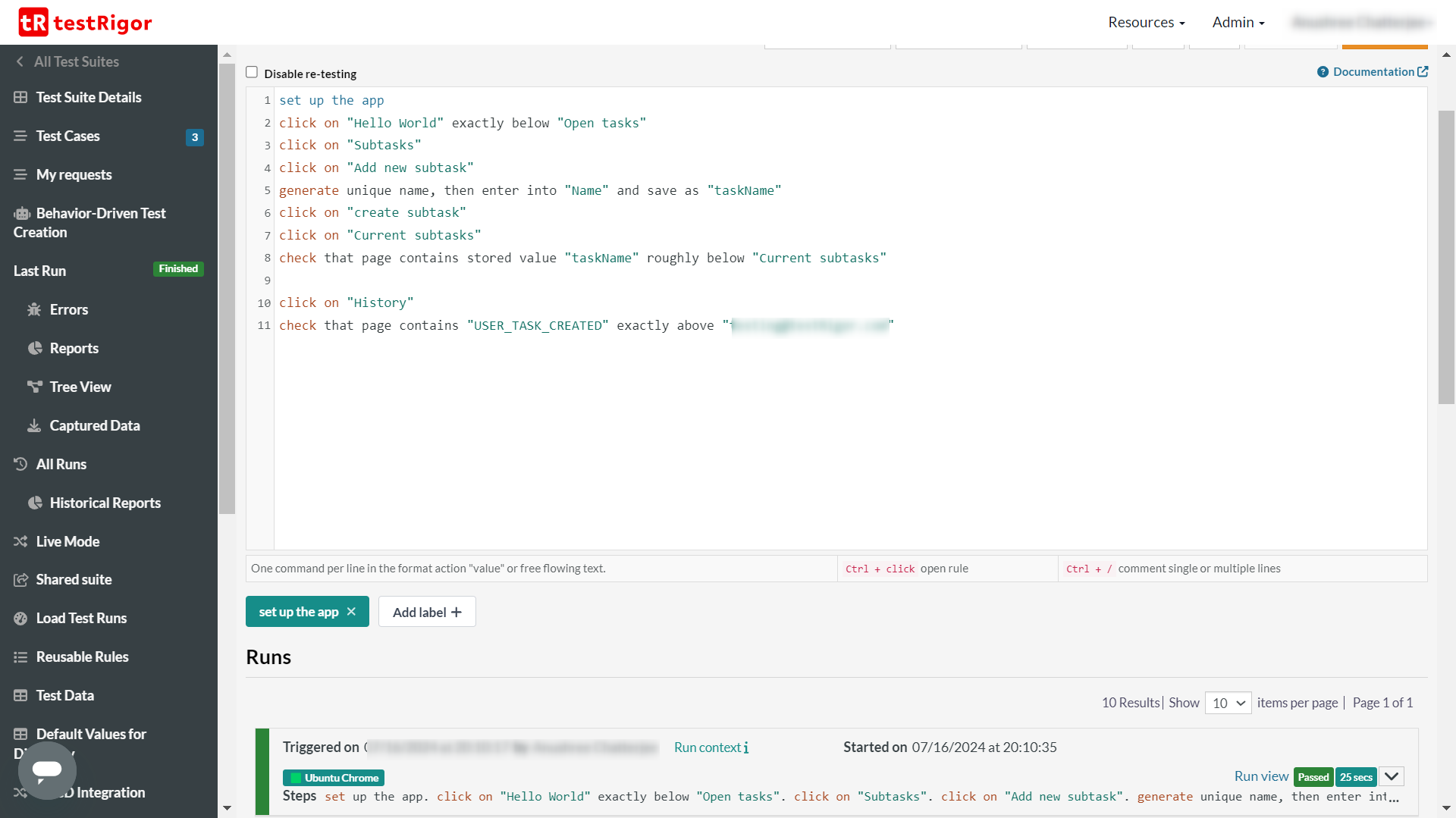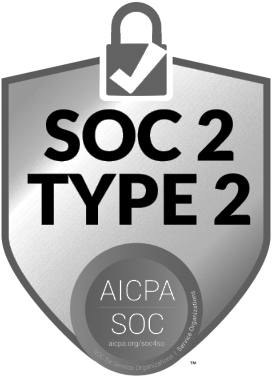
Appvance Alternative
AI is used in software testing to streamline and accelerate test creation, execution, and maintenance. When done correctly, these processes are efficient while reducing manual load. Appvance is one such testing platform that uses AI to streamline and accelerate the software testing process.
Features of Appvance
Appvance uses generative AI and Machine Learning (ML) to make testing efficient. Here’s how:
- Appvance uses human-assisted machine learning to train its AI models before they can autonomously create and maintain tests for you.
- Through its record-and-playback feature, known as test designer, you can capture tests while you execute them. It also allows the creation and execution of tests based on the application’s visual elements, which increases the test cases’ legibility.
- It uses ML to optimize and prioritize which accessor (implementation details of UI elements) should be used during a run. Appvance maintains a library of all possible accessors for a given UI element. This helps bring down maintenance efforts since the system finds and replaces any erroneous accessors in the test scripts.
- Appvance helps you achieve test coverage through its ML algorithms to map every possible use case. It can tell you which user flows are being most used by analysing system logs. This gives a better understanding of what user interactions are happening in real-time.
- It can generate both UX and API-level scripts.
- It supports web, mobile, and packaged applications, including low-code apps built on top of packaged apps.
- With AI training, it can perform autonomous validations and focus on the areas of your application with the greatest business value.
- It identifies both functional errors and performance bottlenecks.
- Appvance supports data-driven testing and can integrate with all popular CI/CD tools.

Test Automation with testRigor
Tools like Appvance might not work for you for a number of reasons. But that does not mean you cannot benefit from AI-powered testing. Luckily, there is another competent alternative: testRigor.
testRigor is a no-code/low-code test automation tool that uses various forms of AI to make test case creation, execution, and maintenance easier. This cloud-based testing platform offers quick test creation across platforms like the web, mobile, and desktop.
Let’s take a look at what more this tool offers.
Features of testRigor
-
Plain English Tests: With testRigor, you can create test cases in plain English language without worrying about unstable CSS/XPath locators. This is perfect for teams that want to involve non-technical folks in the QA process since there is no prerequisite for knowing about programming languages or implementation details of UI elements. testRigor only expects you to use natural language, that is English, to tell what you want it to test. There are a few ways to do this.
- Write the English test scripts manually or import test cases from test management tools such as TestRail, PractiTest, ALM, etc., to run directly as automated tests.
- Use the record-and-playback feature to capture the test case when you execute it and generate plain English test cases. You can update and execute these recorded test cases at any point in time.
- Let the generative AI feature build test cases for you with just a brief description of the test scenario. testRigor will come up with various test scripts that are functional and ready to run. At any point in time, you can edit these tests, which are captured in plain English. You can even create corner cases for particular test scenarios through this generative AI feature.
- Easy Onboarding and Setup: testRigor does not require extensive training of either your QA team or the tool itself, unlike many other AI-based tools. Just create accounts on this cloud platform and get busy building test cases. If you plan to use the generative AI feature, then you just need to provide comprehensive descriptions of feature/test case to the tool so that it can generate meaningful tests for you. The interface is quite simple, and with documentation available, your team can easily work with it.
- Single Tool for Many Platforms: Test various applications like native mobile and native desktop apps, web-based apps, ERP and CRM systems like SAP, Salesforce, Oracle, Microsoft Dynamics, and even your legacy systems. Since testRigor emulates a human tester, what goes under the hood of the application under test is of little consequence to this tool.
- Supports Various Testing Types: Perform different kinds of testing such as regression testing, smoke testing, UI testing, functional testing, end-to-end testing, UAT testing, API testing, and more. It also includes support for visual testing, email testing, file, database, QR code, SMS, and audio testing.
- Stable Locator Strategy: This tool refers to elements from a human perspective and not from a locator standpoint. This eliminates the dependency on implementation details like XPaths and CSS selectors, which can change frequently. Even if any of these underlying locators change for a UI element, testRigor can still locate it on the UI and carry on with testing, as its focus remains on capturing UI elements as they appear on the UI rather than how they are written in the code.
- Near-zero Maintenance: You can get ultra-stable test runs and minimal test maintenance as testRigor uses AI here as well to self-heal test cases.
- Secure Platform: This platform is fully cloud-hosted, which means there are no extra infrastructure expenses. testRigor is also a secure platform that is SOC2 certified.
- Advanced Reports and Logging: Every test run provides details about the execution, such as screenshots, relevant error messages, which are again in simple English, and video recordings. It also captures technical details, such as console logs and technical errors.
- Free Account Available: testRigor offers free public accounts that can be created directly via registration on its website. This is a good place to start before advancing to the subscription-based plans.
Here is an example of a testRigor test case. As you can see, these are just plain English test steps. So everyone on your team can create, execute, and update the tests without requiring any programming language proficiency.
You can use reusable rules (subroutines) to group English test steps for use in multiple test cases: ‘set up the app’ is a reusable rule here.

Summary: testRigor vs. Appvance
AI-based testing is the new way to go about automation testing. Here’s a quick overview of the two tools to help you make an informed decision:
| Parameters | Appvance | testRigor |
|---|---|---|
| Learning curve | Moderate, especially for advanced AI features. | Very low and easy to pick up, even for non-technical users. |
| Ease of test creation | Scriptless with AI-based recording but may require customization for complex scenarios. | Plain English descriptions, no scripting required. |
| Element recognition technique | AI-driven dynamic element identification, self-healing locators. Requires some understanding of UI element locators. |
Natural Language Processing (NLP) based, user-centric descriptions. |
| Test maintenance | Self-healing reduces maintenance but may need manual intervention for complex changes. | Low maintenance due to AI handling of UI changes. |
| Reporting and analytics | Detailed analytics with real-time dashboards and customizable reports. | Provides comprehensive and easy-to-understand reports in plain language. |
| Cost | Typically, more expensive, enterprise-focused pricing. | Generally more affordable and suitable for small, mid-sized teams, and scalable for enterprises. |
| Support and community | Smaller community with enterprise-level support. | Growing community with excellent responsive support. |
Thank you for your request. Please select date and time for a demo.




















